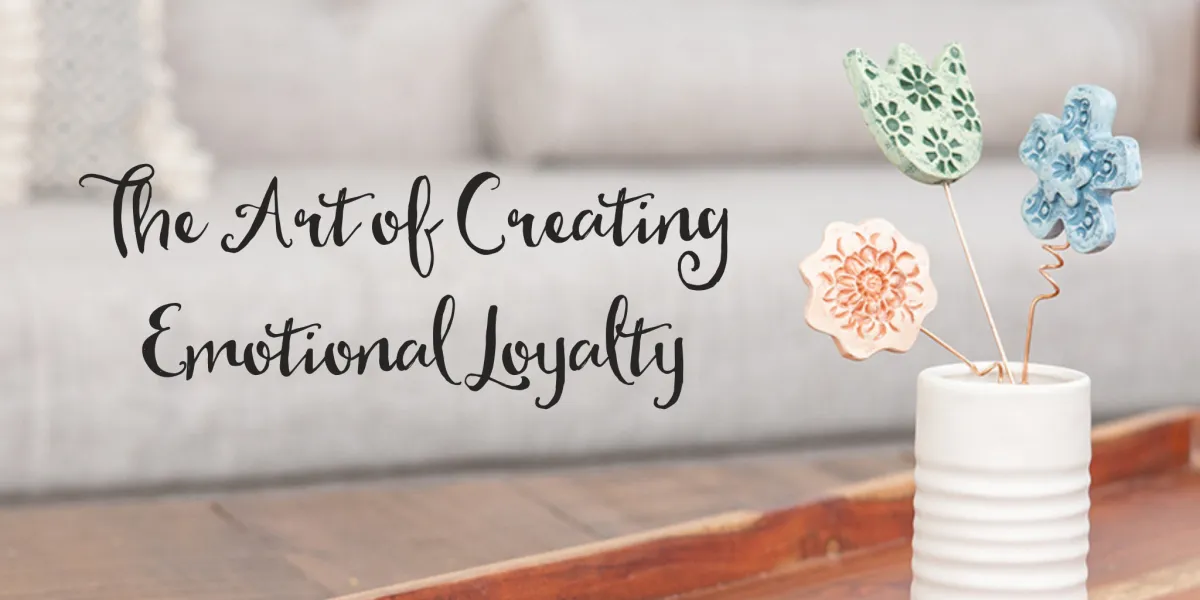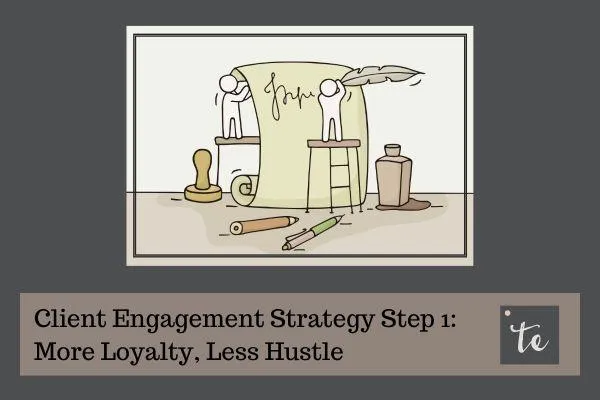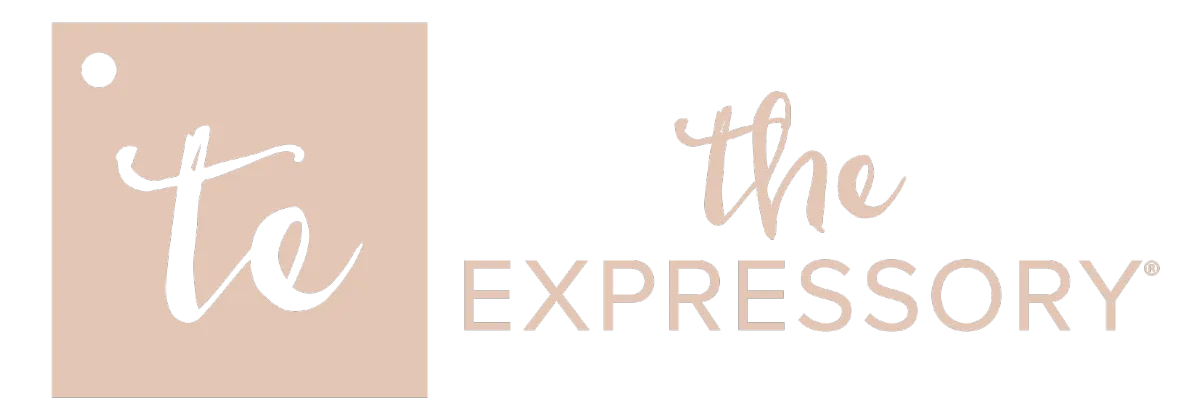
What Swimming Teaches Us About Team Relationships
In my latest video, I break down how swimming teaches us the importance of these relationship-building efforts and the specifics of what we as leaders need to nurture with our teams.
Holiday Gift Insights - What Everyone Else Is Doing
In an effort to simplify the decision-making process, we're sharing some of the trends we've seen with gifting over the years. We're even sharing our best seller and why that gift had such success.
What Makes A Successful Holiday Gift? The Travel Bag Edition
Last year we had the opportunity to work with one of our clients in the travel and tourism space to design an experience that delivered their highest engagement yet.

Client Engagement Strategy Step 1: More Loyalty, Less Hustle
While many businesses scramble to attract new leads, the most sustainable growth often comes from deepening engagement with the clients you already have. The Dream 25 strategy was originally designed to pursue ideal prospects.
But it can be even more powerful when used to build loyalty, grow revenue, and strengthen your most valuable existing client relationships.
Your current clients are more than just revenue sources—they’re the ones who are most likely to stay longer, spend more, and refer others. But that only happens if you nurture those relationships with the same care and strategy you’d use to win new ones.
The Dream 25 Strategy Reimagined for Client Growth
The Dream 25 approach limits your focus to no more than 25 high-value relationships at a time, so you can engage with depth, not just frequency.
When applied to current clients, this becomes a proactive retention and loyalty strategy turning “satisfied” customers into vocal brand ambassadors.
It requires persistence and a deep level of personalization. Therefore, the strategy got its name because it’s difficult to manage more than 25 relationships at a time at such a level. However, for the purpose of nurturing clients, we remove the limit of 25 and instead focus on each segment. The segmentation is what allows us to focus on many.
It enables us to be strategic about how we show up.
And the reason we want to reach a broader number of our clients is based on the data that shows us there is a strong return on doing so.
In fact, our recent research shows that when clients feel appreciated through thoughtful gestures, they’re more likely to stay engaged and recommend your services to others (69% of respondents and 70% respectively).
However, most companies haven’t taken the time to segment their clients and define the level of engagement for each group. You may know who pays the most, but do you know who holds the most potential?
Step-by-Step: How to Build Your Dream 25 Client List
Identify Your Top Segment
Use this simple rule: Which clients ideally represent 5–10% of your revenue, or have the potential to get there?
These are the clients that make sense invest in nurturing at your most strategic level.
Define Your Right-Fit Clients
Next, identify the qualities that make a client ideal for your business. What qualities do they have in common. Think beyond revenue and # of employees: Who aligns with your values? Who gives energy to your team? Add those people to the list as your next level segment.
Analyze Your Client Base
Sort your clients by length of relationship, upsell history, responsiveness, and their likelihood to refer others. If a client checks multiple boxes, perhaps they deserve a spot on the list.
Search Your CRM and Networks
Don’t overlook clients you haven’t talked to recently. Sometimes the best opportunities are hidden in relationships that have gone quiet. Not because the value is gone, but because the attention is.
Consider Multiple Contacts
Do you need to nurture multiple people in the same household or company? Remember, part of the return on relationship building comes from word of mouth and other opportunities to collaborate.
That means you should not limit the number of contacts you include from any one client.
Practical Tips for List Building and Maintenance
Start with 10, scale from there. It’s okay to build in batches. A smaller list lets you refine your process as you go.
Track basic info. Company name, contacts, engagement history, value, and potential for referrals.
Review quarterly. Your client engagement list should be dynamic. Remove those who’ve disengaged or aren’t growing with you. Add new clients.
Don’t let perfection stall progress. Start building the list. Patterns will emerge and clarity will come with action.
Go Deeper, Not Wider
The client engagement strategy reminds us that client growth isn’t just about adding new names. It’s about investing more intentionally in the ones who already trust you.
Make sure they continue to feel seen, supported, and appreciated. These are the reasons they stick around longer and bring others with them. Research proves it.
Reflect and Recommit: 5 Questions to Deepen Client Loyalty Now
As you consider how to evolve your Dream 25 strategy into a system for nurturing existing client relationships, take a moment to reflect on these five key questions:
Am I nurturing existing clients with the same energy I use to attract new ones?
Your best clients deserve your best attention. Are you showing up for them in meaningful ways?Do I know which clients are already most valuable, and who’s ready to grow with us? Loyalty-building starts with clarity. Identify who’s bringing the most value today and who has the potential to deepen that relationship with the right attention..
Do I have a system for regular, personalized touchpoints?
Appreciation isn’t a one-and-done. Sustained loyalty comes from consistent, human interactions.Are there relationships that have gone quiet simply due to a lack of attention?
Dig into your CRM or client records. Some of your best opportunities might just be waiting to be reawakened.Does my engagement strategy reflect understanding, validation, and care?
These three elements are the foundation of emotional loyalty. Without them, you’re just another vendor.
If you need help developing a client engagement strategy around your clients, we’re here to support. Join us for one of our monthly Q&A sessions. Or book a one-on-one conversation to get started.
Address:
1500 S. Sylvania Ave #106
Sturtevant WI 53177
Phone:
414.243.8971

